How to Strip Your Laundry (Which Is Dirtier Than You Think)

When we all started spending more time at home, many of us began to up our homemaking game. From baking bread to getting crafty, we not only created a cleaner, cozier home, but we learned what others were doing to make life in their abode healthier and happier.
Laundry stripping is one of the trends that took off and had people everywhere filling their bathtubs with “clean” sheets only to discover muddy waters once they’d completed the laundry stripping process.
While most of you won’t have such extreme results from stripping your laundry, doing the chore sure does have value. Read on to find the answers to your murky-sheet-water nightmares: What is laundry stripping? How and why do I strip laundry? What can I strip?
Photo via Wren’s Little Nest
What Is Laundry Stripping?
Laundry stripping is pretty straightforward, though time-consuming. It involves soaking textiles in very hot water mixed with specific ingredients to strip dirt, leftover detergent, stubborn oils, and hard-water minerals that stay stuck in the fibers of your clothing, towels, or sheets.
Stripping laundry returns the fluff and softness to fabrics because it involves a clarifying process, removing the muck that weighs down fabric fibers.
Based on the multitude of TikTok videos that show filthy brown water and clean, bright bedding and linens after stripping, it’s clear that the method works. But a note of caution: Some videos show incredibly dark water because laundry stripping can remove the dye from fabrics.
See below to find out what kind of laundry you can strip safely.
Reasons to Strip Your Laundry
There are a few reasons to strip your laundry. All are common and related to the daily life of clothing, sheets, towels, and other textiles in your home. The main reasons people go through the process of stripping laundry are the following:
Detergent and Fabric Softener Residue
Detergents leave residue for a few reasons. The first is because the detergent isn’t thoroughly rinsed out when your clothes are machine-washed.
Whether you’ve used too much detergent or the rinse cycle couldn’t get it all out, leftover laundry soap residue happens quite often. Generally, less is better when using detergent because the residue left behind attracts more dirt and sweat.
Laundry detergent residue can also come from homemade laundry soaps. While homemade detergents are better for your health and the planet, they don’t contain the chemical ingredients that commercial laundry detergents use to aid in rinsing the soap from your clothing and bedding.
Fabric softeners soften the fibers of your sheets, towels, and clothing, but to do so, they coat the fibers with a conditioner, purposely leaving a residue. This coating can develop an unpleasant odor after a few washes and softenings.
Over-softening towels can also make them less absorbent over time. That’s why stripping towels is especially beneficial in returning them to their original fluffiness and absorbency.
Musty-Smelling Laundry
If your sheets, towels (particularly kitchen towels and pot holders), or other fabrics come out of the wash smelling musty even after being freshly cleaned, they’ll likely benefit from laundry stripping, which will remove all the trapped odors.
Hard Water
Many homes have hard water without water softeners installed, which causes a build-up of minerals in your clothing. Hard water also is less effective at thoroughly rinsing detergent from clothing in the rinse cycle. Laundry stripping will remove these minerals along with other residue left behind.
Heavy Soil
Even if you wash items using the heavy soil setting on your washer, more challenging grime like motor oils, grease, heavy dirt, personal hygiene items (like deodorants, makeup, and hair products), and body oils can linger on the fibers.
Repeated exposure to these will build up, especially on items like sheets that your skin (and sweat) comes into direct contact with over long periods.
Laundry stripping gives the cleansing ingredients enough time to pull the soil from the fibers, thoroughly removing the gunk.
Photo via Shutterstock
What Type of Laundry Can You Strip?
Natural fibers are softer and are typically more comfortable than synthetic fabrics. The flip side of that is they hang on to more residue from commercial and homemade detergents, dirt, and oils than synthetics do.
Over time, this residue builds up, which can make your laundry stiffer and less absorbent. The good news is that natural fibers lend themselves to successful laundry stripping.
Stripping Does Not Equal Stain Remover
The following are the kinds of clothes and linens that laundry stripping works best with:
1. White or light-colored fabric
White or light-colored towels, bath mats, sheets, blankets, mattress pads, and pillowcases are perfect candidates for laundry stripping.
Dark-colored or dyed fabrics can bleed or fade. If you decide to try laundry stripping on darker items, be aware that unless you’re able to test a small item (like a washcloth from a set), you do run the risk of stripping things of their color.
2. Cotton or natural-fiber workout clothing
Workout clothing can hold on to particularly rancid odors, so laundry stripping can give these items a fresh, new smell. However, check the label before you get to stripping the garment—exposing spandex to the ingredients in the stripping solution can break the material down over time.
3. Cloth diapers
These are perfect for laundry stripping because they’re made from organic materials and get soiled by organic materials (yuck, but true). Laundry stripping not only removes the residue but also makes the fabric healthier to be next to your baby’s skin.
What Type of Laundry Should NOT Be Stripped?
Not every piece of laundry is strip-able. Be cautious when considering using the laundry stripping method on the following items:
1. Medium to dark-colored laundry or dyed laundry
As we mentioned above, the ingredients in a laundry-stripping solution can cause bleeding or fading of the color or pattern.
2. Spandex
Even if spandex is just a fraction of the garment’s makeup. Hot water and ingredients will break down the material, causing it to lose its elasticity.
3. Wool
Wool should never be stripped. Besides being a delicate material in regards to washing, it has beneficial natural oils within the fibers, which stripping will remove.
4. Delicates
Delicates that call for cold water washing should not be subjected to laundry stripping, since the method calls for hot water. Lace, silk, cashmere, and other items with a tag stating they need to be hand-washed should not be stripped.
Photo via Jessica Perkins
How to Strip Your Laundry
How you strip your laundry involves the proper method combined with the right ingredients.
While some people use their washing machine’s ability to soak laundry for a long period of time, washing machine manufacturers do not recommend using this option for laundry stripping. Since the method is still relatively new, it isn't known how the harsh ingredients will affect your washer in the long haul.
It is best to use a clean bathtub to strip laundry—it’s large enough to accommodate large items like sheets and multiple towels but can also be used for a smaller amount of laundry.
To get your clothing, sheets, or towels sparkling clean, gather these ingredients and follow our step-by-step guide to strip your laundry.
Tools and Materials Needed:
- 1/4 cup borax powder
- 1/4 cup washing soda (sodium carbonate)
- 1/2 cup powdered laundry detergent (without bleach)
- Rubber cleaning gloves
- Long-handled wooden spoon or wooden broom handle
- Clean laundry to be stripped
There are three important ingredients in this recipe that make it work:
- Borax helps get rid of acidic stains and detergent residue due to its extremely high alkalinity, boosts the effectiveness of the detergent, and disinfects.
- Washing soda, which is more alkaline than its brother baking soda, is highly effective at removing grease, oils, and more deeply embedded dirt and grime from fabrics. Keep in mind that washing soda is quite corrosive due to its high alkalinity and should never be touched without using rubber cleaning gloves.
- Powdered laundry detergent is used for its ability to dissolve thoroughly and for its cleaning properties.
1. Fill Tub
Fill your bathtub halfway full with very hot water. Let the water run for a minute or two before closing the drain so you’ll have a tub filled with the hottest water possible.
2. Add Ingredients
Put on your rubber gloves. Add the borax, washing soda, and powdered detergent to the tub, stirring with the wooden spoon or broom handle after each addition to thoroughly dissolve all ingredients.
3. Add Laundry
Make sure the laundry you plan to strip has been cleaned in the washer and dried. Add a few pieces of laundry to the tub at a time and stir with the broom handle or wooden spoon to mix.
Do not overload the tub, or the process won’t be effective. If you are stripping towels, strip them separately from other laundry since they’re bulkier and will soak up more solution than lighter fabrics.
Make sure all pieces are completely submerged. You may notice the water starts to look murky as the stripping process begins immediately.
4. Let Soak
Let the laundry soak for about four hours or until the water is cool. Stir every hour to keep your laundry submerged and to get the solution fully incorporated into every fiber of the fabrics. Wear gloves during this process in case any of the solution splashes onto your hands.
5. Drain, Rinse, and Dry
Drain the tub. With gloved hands, wring out the laundry and move it into your washing machine.
Run the load of laundry on the rinse cycle without adding detergent or fabric softener. If you have the option on your machine, use the second/extra rinse option. This will completely remove every last bit of residue from your laundry.
Dry your laundry as you would normally. Be sure to rinse your tub to remove any of the solution from the tub’s surface.
How Often Should You Strip Your Laundry?
You should only perform laundry stripping a couple of times a year after the first time you go through the process. After the initial laundry stripping, you can avoid having build-up accumulate as quickly on your fabrics by using less detergent and fabric softener, avoiding overloading your washing machine, and making sure you wash color-safe items in hot water using the extra rinse option on your washer.
Laundry stripping shouldn’t be a regular laundry ritual. It should just be reserved for restoring dingy fabrics that have lost their absorbency, smell musty, or don’t look or feel clean. Laundry stripping is a powerful yet harsh process that can cause your textiles to degrade much faster than usual if done too often.
Follow the techniques outlined in this guide and you can achieve the ultimate clean for your clothes, towels, and linens. Have you tried stripping your laundry? Did it make a big difference in the look or feel of your fabrics?



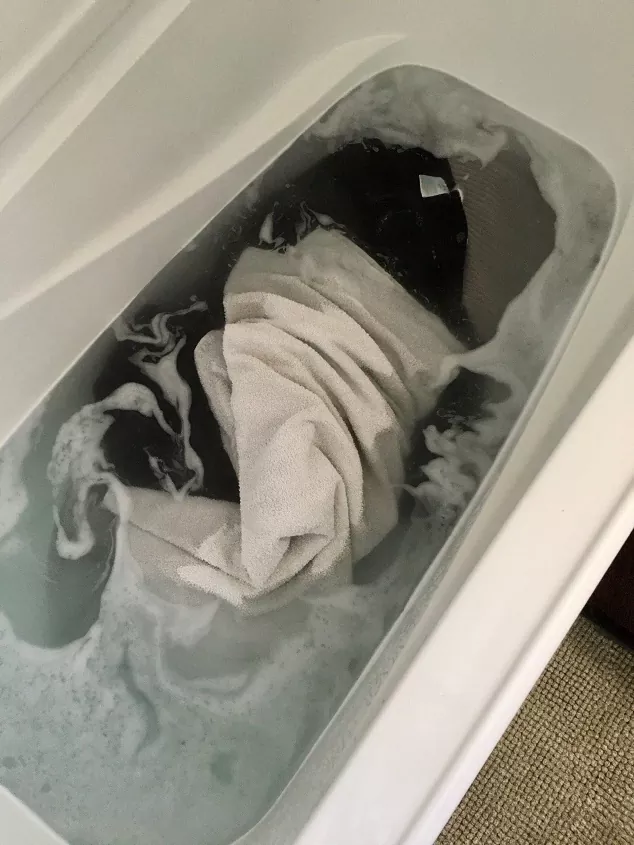


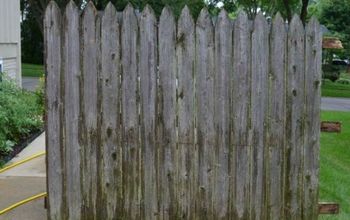

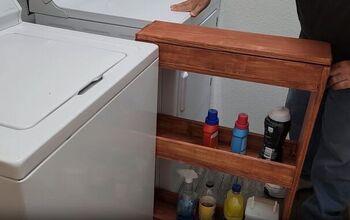

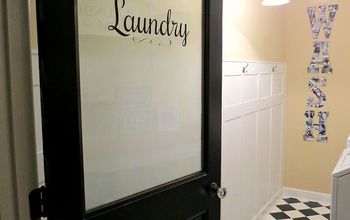

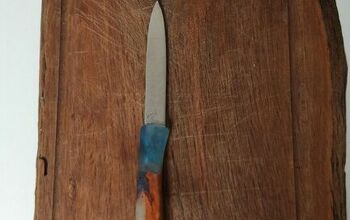
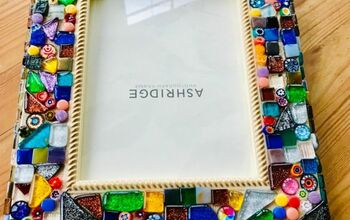
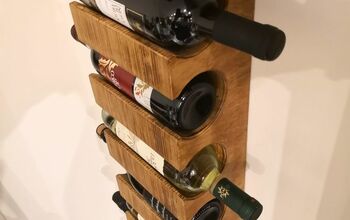
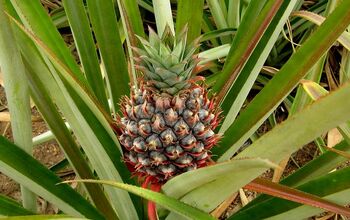
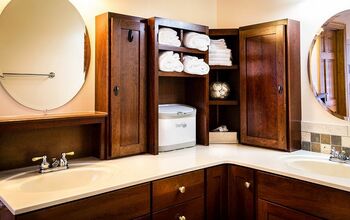

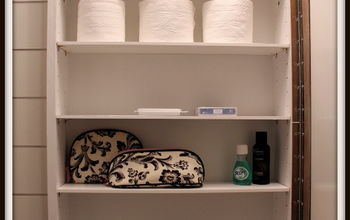



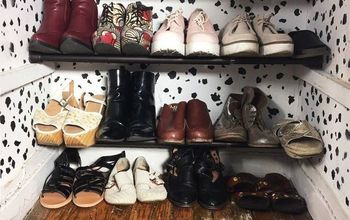



Frequently asked questions
Have a question about this project?